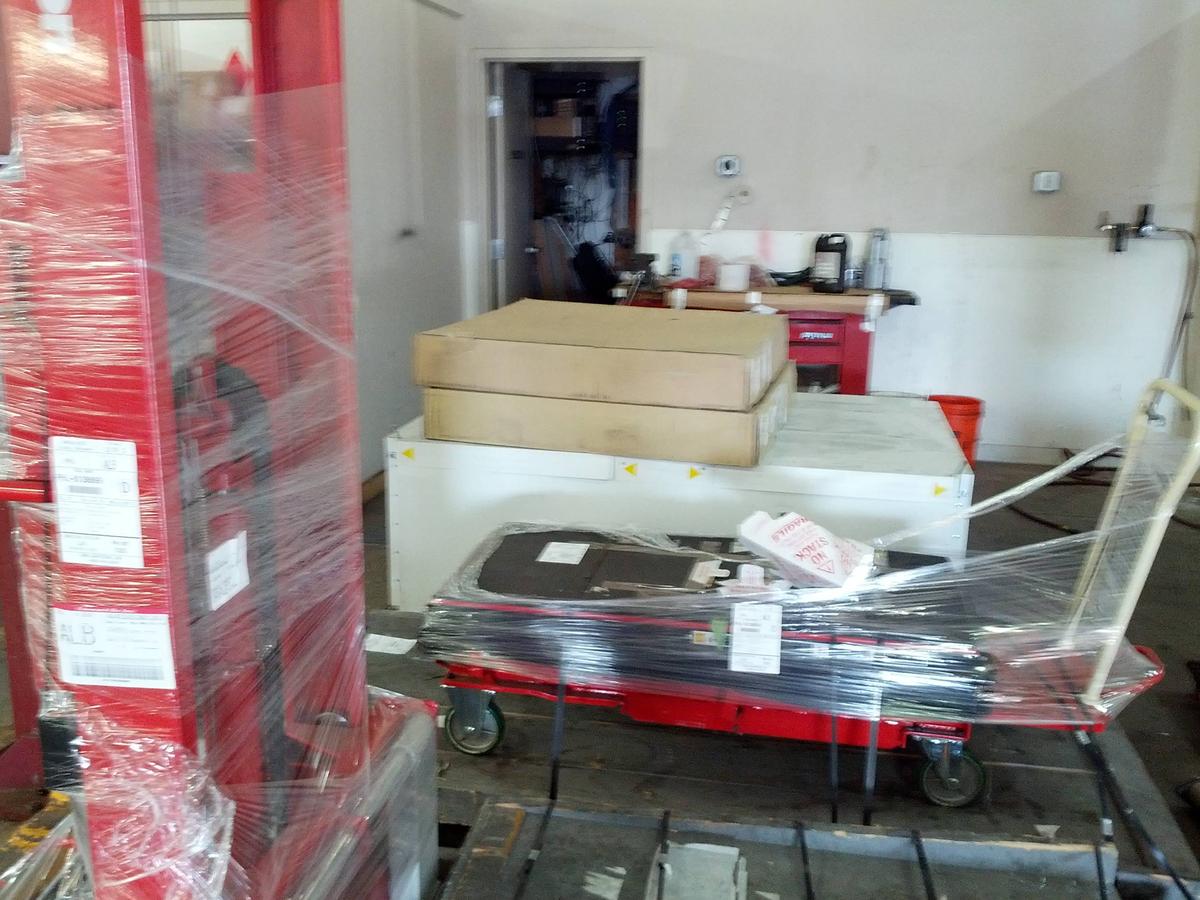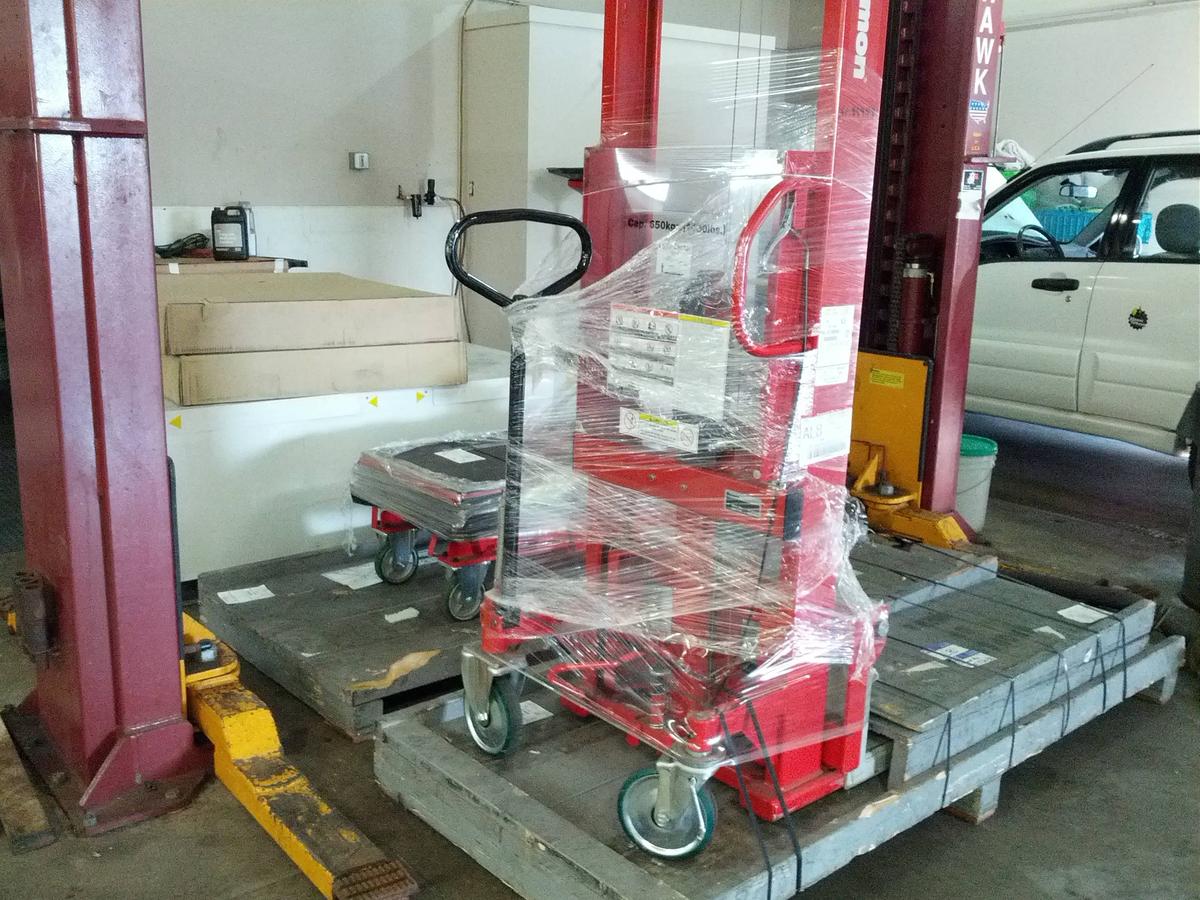I think Tony's experience (only recharging to 14 or 15 bars) is just the indication of the failed cells - A normally ageing pack will always show 16 bars, but each bar will represent less stored energy than it did when the pack was newOzimiev said:I read about calibration, however tonymil's experience shows that what actually happens with 'aging' will be that a full charge just won't get to the top of the gauge anymore ? i.e. meter still reads 16kWh full scale.
Or is calibration in this case mislead by a cell fault ? Well no, it just tells kWh as usual.
Here in the USA, we recharge even slower than that - 120 volts @ 8 amps, which would be the same as 240 @ 4 amps if your EVSE would go that low. Tony already gave that a try more than once I believeAnother test would be to charge at lowest possible charge current. Use 100V level 1. (I would use my charge-amps 230V J1772 set to 6A for instance). The lower the charging current the more chance of battery equalising. Compare with DC fast charge that has to back out at 80% SOC as there is risk of imbalance.
I think his experience shows that our BMS is very well designed, as it accounts even for bad cells and doesn't try to balance those once it confirms that they are faulty. I'm pretty sure they wouldn't have allowed him to keep driving it if there was any danger posed by the bad cells
Don















